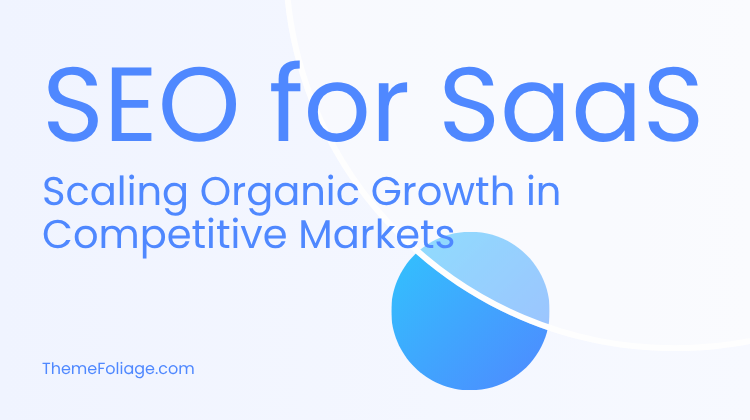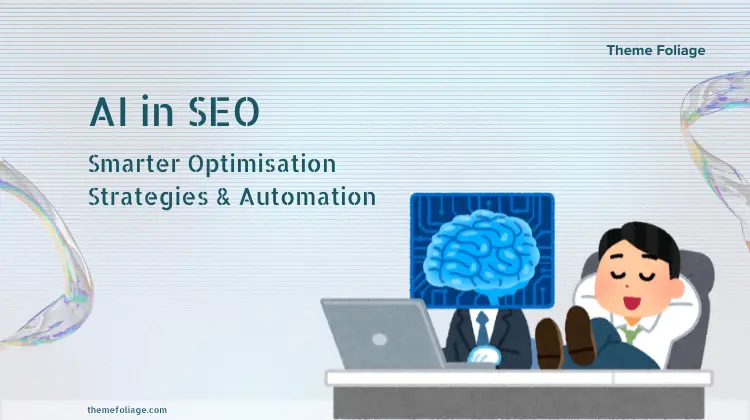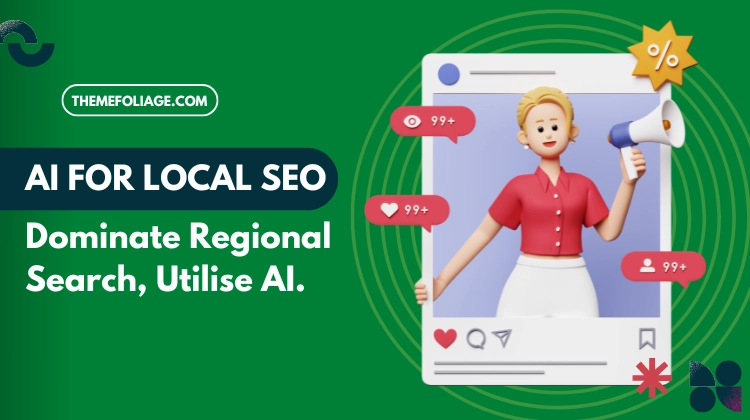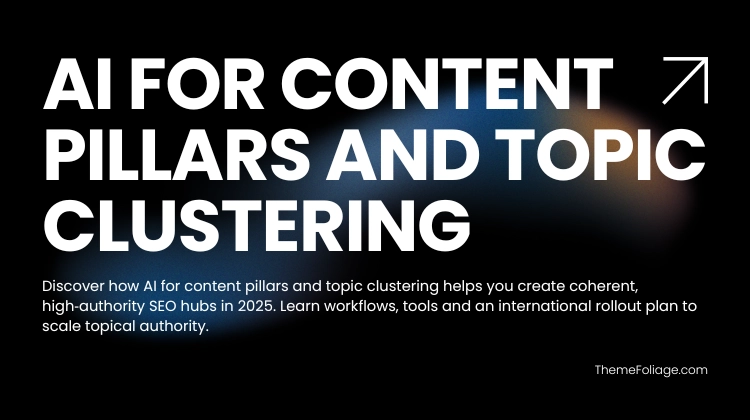In the fast-moving world of Software as a Service (SaaS), competition is fierce. Paid ads can bring quick visibility, but sustainable growth comes from organic channels.
SaaS SEO plays a critical role in building long-term visibility, reducing customer acquisition costs, and driving qualified traffic that converts. This guide explores how to scale organic growth strategically in competitive SaaS markets.
Why SaaS businesses need SEO
SaaS companies often face long sales cycles, high competition, and recurring revenue models. SEO helps attract users at every stage of the funnel, from awareness to conversion.
- High-intent traffic: SEO targets users already searching for your solution.
- Lower CAC: Organic traffic reduces dependence on paid acquisition.
- Compounding returns: Content visibility grows over time, unlike ads that stop when budgets do.
1. Build a solid keyword strategy for SaaS SEO
Start with keyword research that aligns with your buyer journey. Focus on terms that capture user intent — informational, commercial, and transactional.
- Use tools like Ahrefs, Semrush, and Google Keyword Planner to find relevant topics.
- Prioritise problem-solving queries (e.g. “how to automate reporting”) that map to your SaaS features.
- Target long-tail keywords that reflect real customer pain points.
Keyword categories for SaaS SEO:
- Informational: “what is project management software”
- Comparative: “best CRM for small business”, “HubSpot vs Salesforce”
- Transactional: “buy email automation tool”
2. Map content to the SaaS sales funnel
SaaS SEO success depends on connecting content to each stage of your buyer journey. A full-funnel content approach attracts, nurtures, and converts leads organically.
- Top of Funnel (TOFU): Blog posts, guides, and tutorials to build awareness.
- Middle of Funnel (MOFU): Case studies, comparison pages, and webinars that nurture leads.
- Bottom of Funnel (BOFU): Landing pages and feature pages designed for conversions.
Each stage should include internal linking to guide users deeper into your funnel.
3. Create high-value content that solves user problems
SaaS users look for solutions, not features. Your content must clearly demonstrate how your product helps achieve business outcomes.
- Focus on pain points and show your product as the solution.
- Use real data, charts, and examples to build credibility.
- Include customer stories and quotes for social proof.
4. Optimise landing pages for conversions
SEO is not just about attracting traffic, it’s about converting visitors into trials or demos.
- Use clear headlines that reflect the search query intent.
- Add compelling CTAs like “Start Free Trial” or “Book a Demo.”
- Highlight benefits over features, e.g., “Save 10 hours weekly” rather than “Task automation.”
- Use testimonials and trust badges for credibility.
5. Build comparison and alternative pages
Users researching SaaS tools often search for comparisons. Ranking for “your brand vs competitor” keywords can drive high-intent traffic.
- Create “vs” pages: e.g., “Asana vs Trello” with an honest breakdown.
- Write “best alternatives to [competitor]” posts with data-backed insights.
- Highlight unique differentiators such as pricing, features, or support quality.
6. Strengthen technical SEO for SaaS platforms
Technical SEO ensures your SaaS website is crawlable, indexable, and fast.
- Ensure proper use of canonical tags for duplicate content prevention.
- Optimise for Core Web Vitals (LCP, INP, CLS).
- Use structured data for FAQs, reviews, and software schema.
- Set up a clean URL structure for feature and blog pages.
- Fix crawl errors and maintain an updated XML sitemap.
7. Build high-authority backlinks
Backlinks remain one of the strongest ranking factors, especially for SaaS sites competing in saturated markets.
- Earn mentions in SaaS directories and review platforms like G2 or Capterra.
- Contribute guest posts to reputable marketing and software publications.
- Leverage partnerships or co-marketing with complementary SaaS tools.
- Use data studies and original research to attract natural links.
8. Track and measure SaaS SEO performance
Data-driven insights help refine your strategy continuously.
- Monitor organic sign-ups, trial activations, and demo requests.
- Use GA4 and Search Console for visibility tracking.
- Track keyword growth and content ROI in Ahrefs or Semrush.
- Set up conversion tracking for MQLs (Marketing Qualified Leads).
9. Common SaaS SEO mistakes
- Targeting only high-volume keywords instead of intent-based ones.
- Neglecting comparison and bottom-funnel content.
- Publishing generic content without product relevance.
- Ignoring technical SEO during rapid site changes or rebrands.
10. SEO tools for SaaS growth
- Ahrefs – Backlink and keyword analysis.
- SurferSEO – On-page optimisation and content scoring.
- Hotjar – Heatmaps for user interaction insights.
- HubSpot – Lead tracking and analytics integration.
Conclusion
SaaS SEO is about consistency, data, and intent. By aligning content with the customer journey, optimising technically, and building authority through backlinks, your SaaS brand can dominate organic search even in competitive markets.
Start now, because every day you delay SEO is a day your competitors pull ahead. Also check out – Core Web Vitals.



